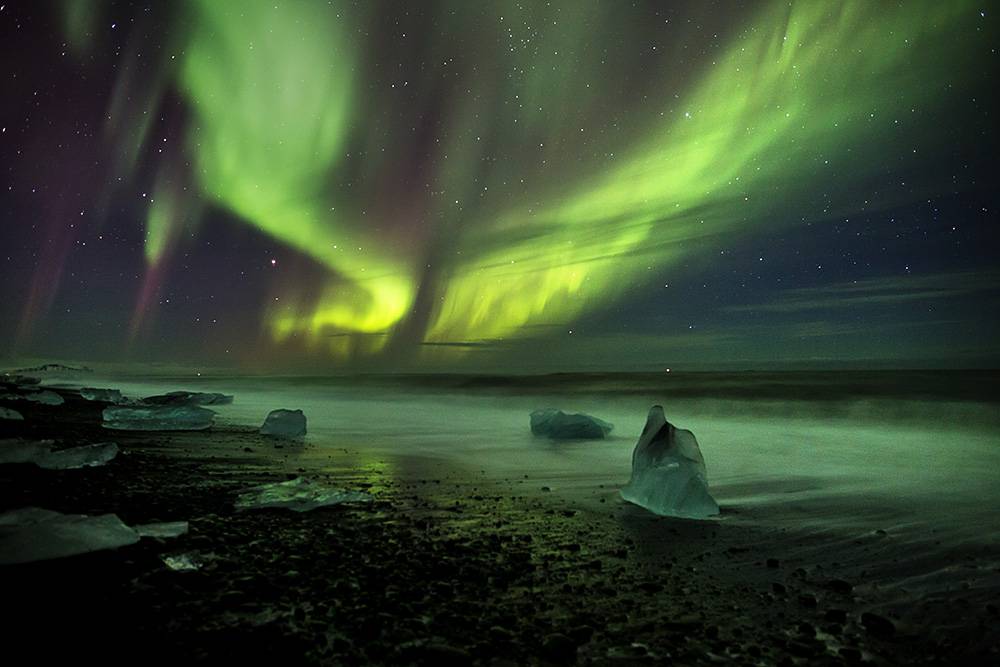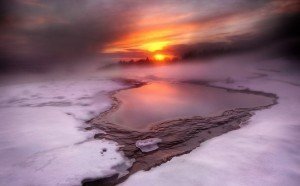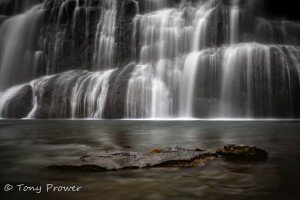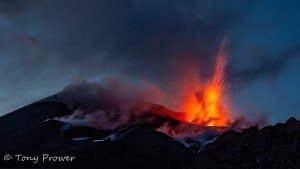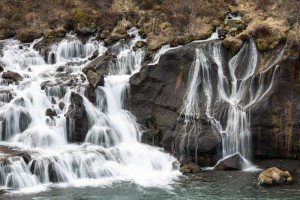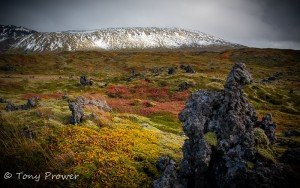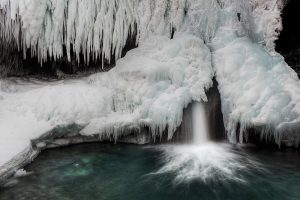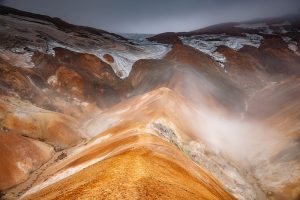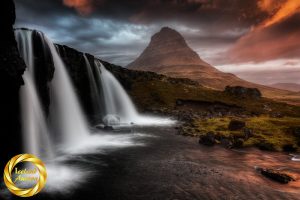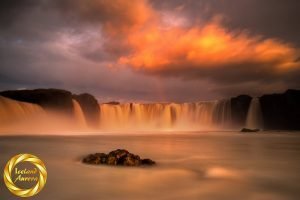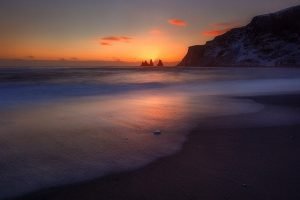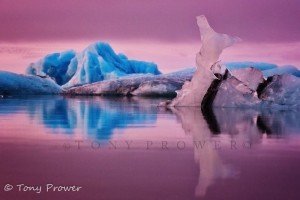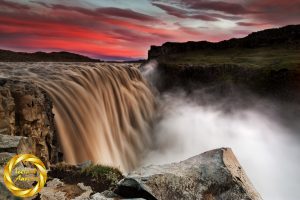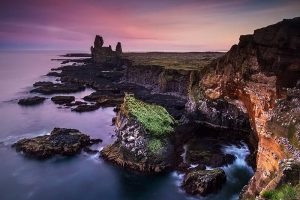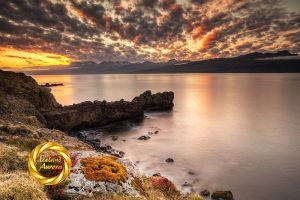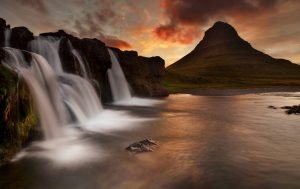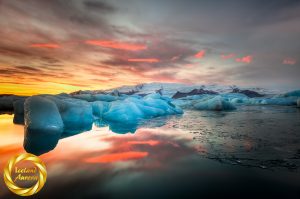The Aurora Borealis, or Northern Lights, is a light phenomenon that occurs as a result of solar winds reaching Earth’s outer atmosphere and burning different gases to give a range of different colours. The best place to see them would surely be from a very high viewpoint just outside the earth’s atmosphere. Where the spacemen float around in the space station is perfect.
Go North
Here on earth, however, we need to travel to cold countries near the point where you would see the midnight sun in the summer and very short days in the winter. Iceland is one of those places. It is just touched by the Arctic Circle on its very north isle of Grimsey, but most of Iceland is good for northern lights. There is no real advantage of North Iceland over South Iceland unless they are in low activity, then the North would have a slight advantage.
Airport to Reykjavik and back
Best Locations
1000s of travellers asked me where the best places to see the aurora borealis are. I often tell them to get out of the city lights. There is not much more to it. Aurora storms tend to follow coast lines, and because Iceland is a fairly small island, it is hard to go wrong. I state that the northern lights follow coastlines, but there is no scientific evidence to suggest they do. Just that observations have tended to be near coastlines, but remember that humans inhabit the coast. It is possible that most sightings have occurred near the coast because that is where most people happen to be.
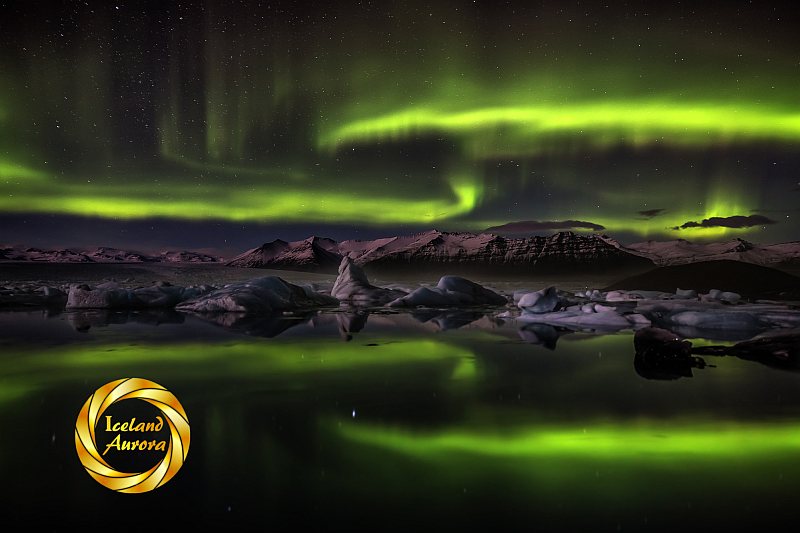
Ring Road
In Iceland, there is a ring road that more or less follows the coast around the entire country. The real challenge is to escape the glow from the city lights and find decent weather. Decent weather! Yes, you will be in Iceland for the winter months (you can’t see them in the summer), and the weather can be really extreme.
Earth Weather
The ideal weather is to have no clouds. A few clouds are okay. If it is raining, forget it! The wind is fine, but you have to be careful with your camera tripod because it is not fun when that blows over. The trouble with Arctic winds is that it feels 50 degrees colder. The other problem with severe weather is that it makes travel very difficult. Those clear skies can bring black ice conditions. Even a careful driver can get into a mess very quickly, especially an inexperienced driver with a large 4X4 who is not used to Winter Driving.
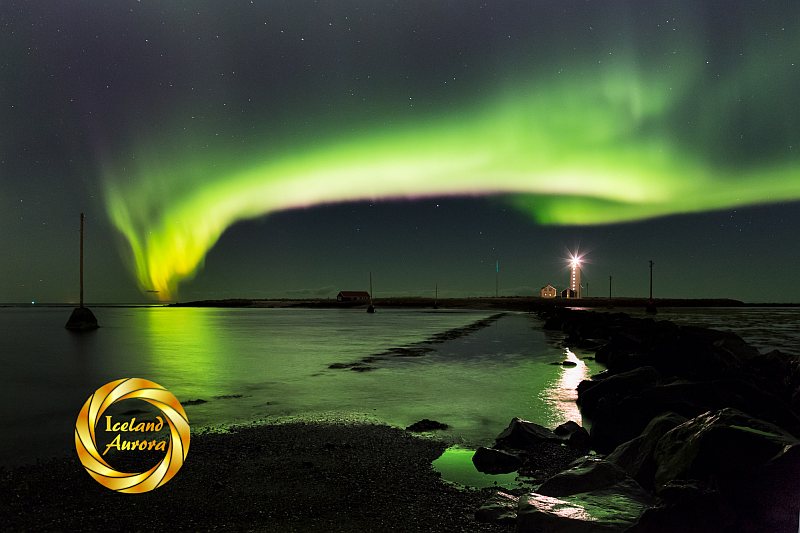
Iceland in the winter is a total adventure and an unforgettable experience, but it is not for people with a nervous disposition. It is important to check the weather conditions before you travel and ensure that you have enough provisions to survive if you get stuck.
Useful links
How to photograph the Northern Lights Tutorial
